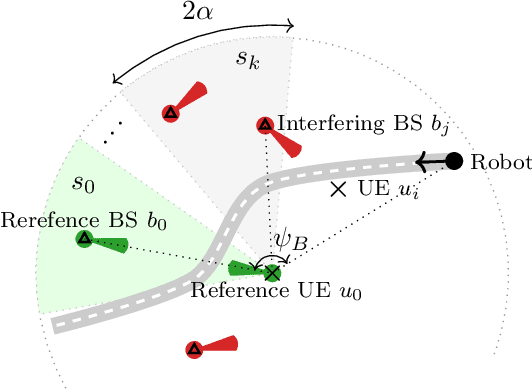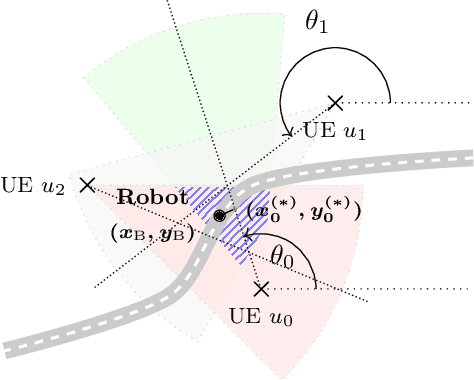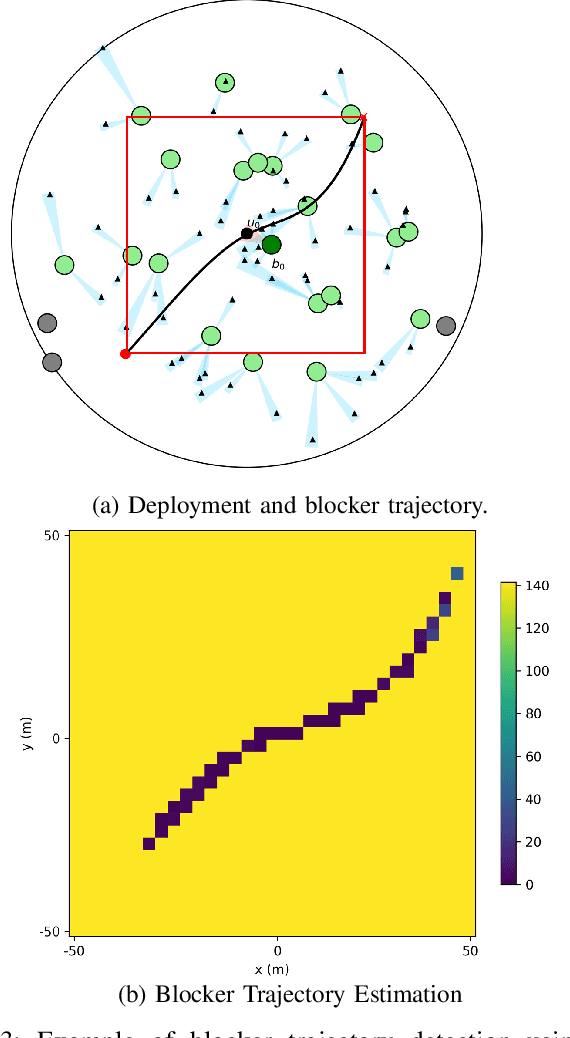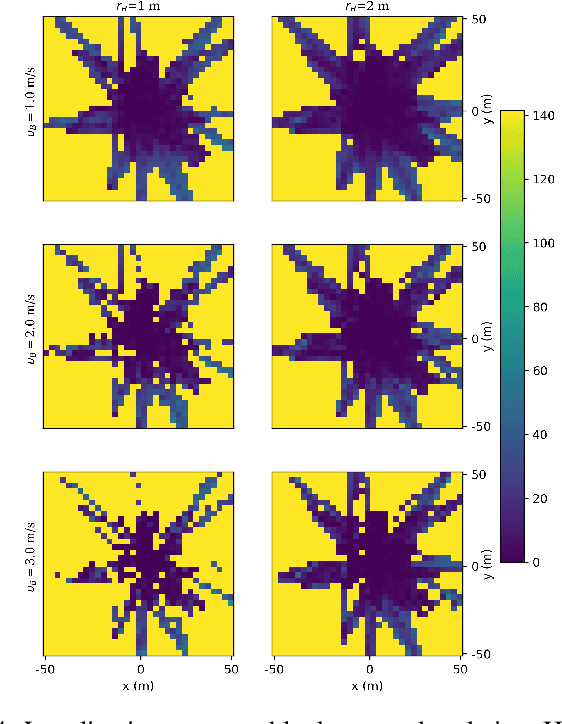Cooperative Sensing of Side Lobes Interference for mmWave Blockages Localization and Mapping
Paper and Code
May 14, 2024



Radio localization and sensing are anticipated to play a crucial role in enhancing radio resource management in future networks. In this work, we focus on millimeter-wave communications, which are highly vulnerable to blockages, leading to severe attenuation and performance degradation. In a previous work, we proposed a novel mechanism that senses the radio environment to estimate the angular position of a moving blocker with respect to the sensing node. Building upon this foundation, this paper investigates the benefits of cooperation between different entities in the network by sharing sensed data to jointly locate the moving blocker while mapping the interference profile to probe the radio environment. Numerical evaluations demonstrate that cooperative sensing can achieve a more precise location estimation of the blocker as it further allows accurate estimation of its distance rather than its relative angular position only, leading to effective assessment of the blocker direction, trajectory and possibly, its speed, and size.
 Add to Chrome
Add to Chrome Add to Firefox
Add to Firefox Add to Edge
Add to Edge